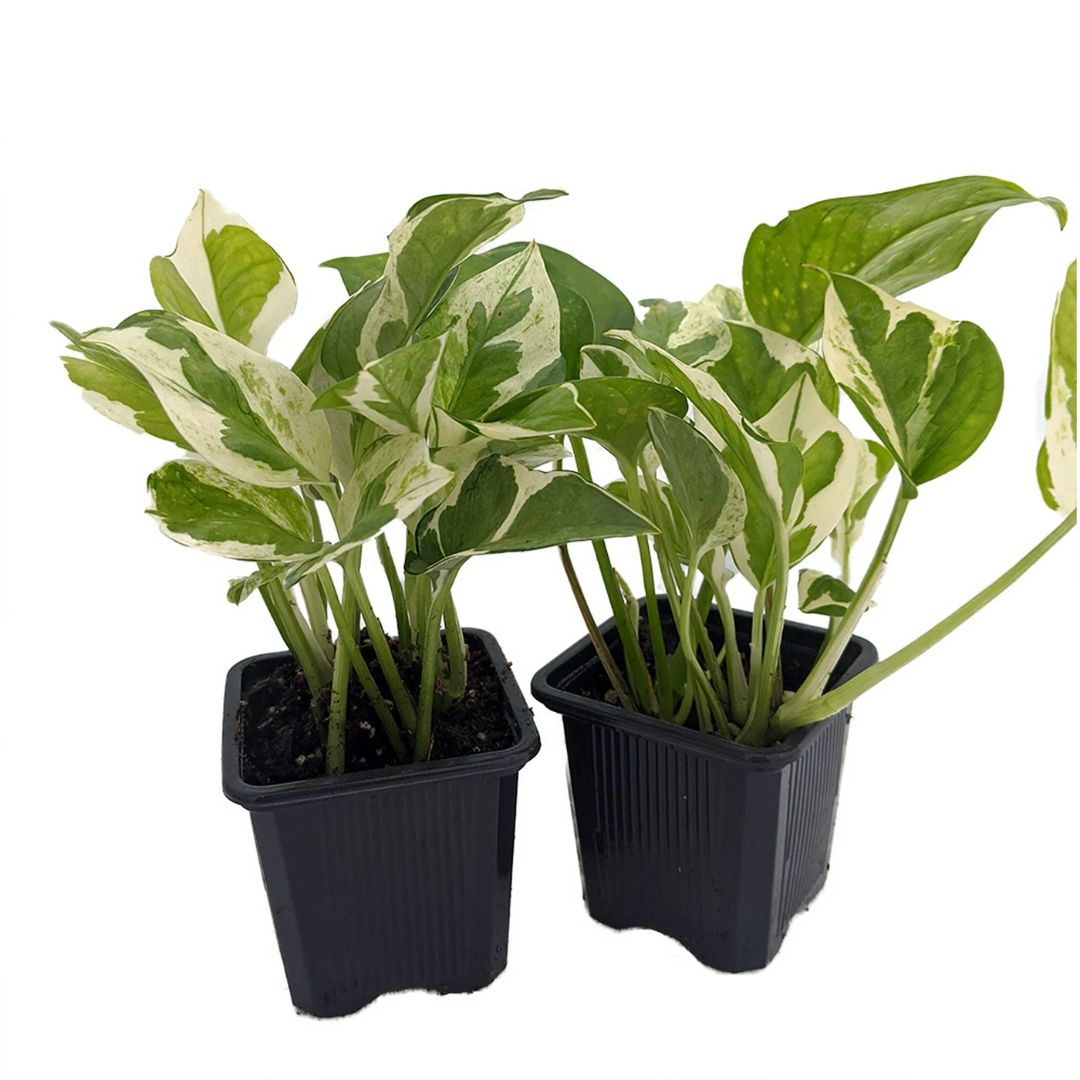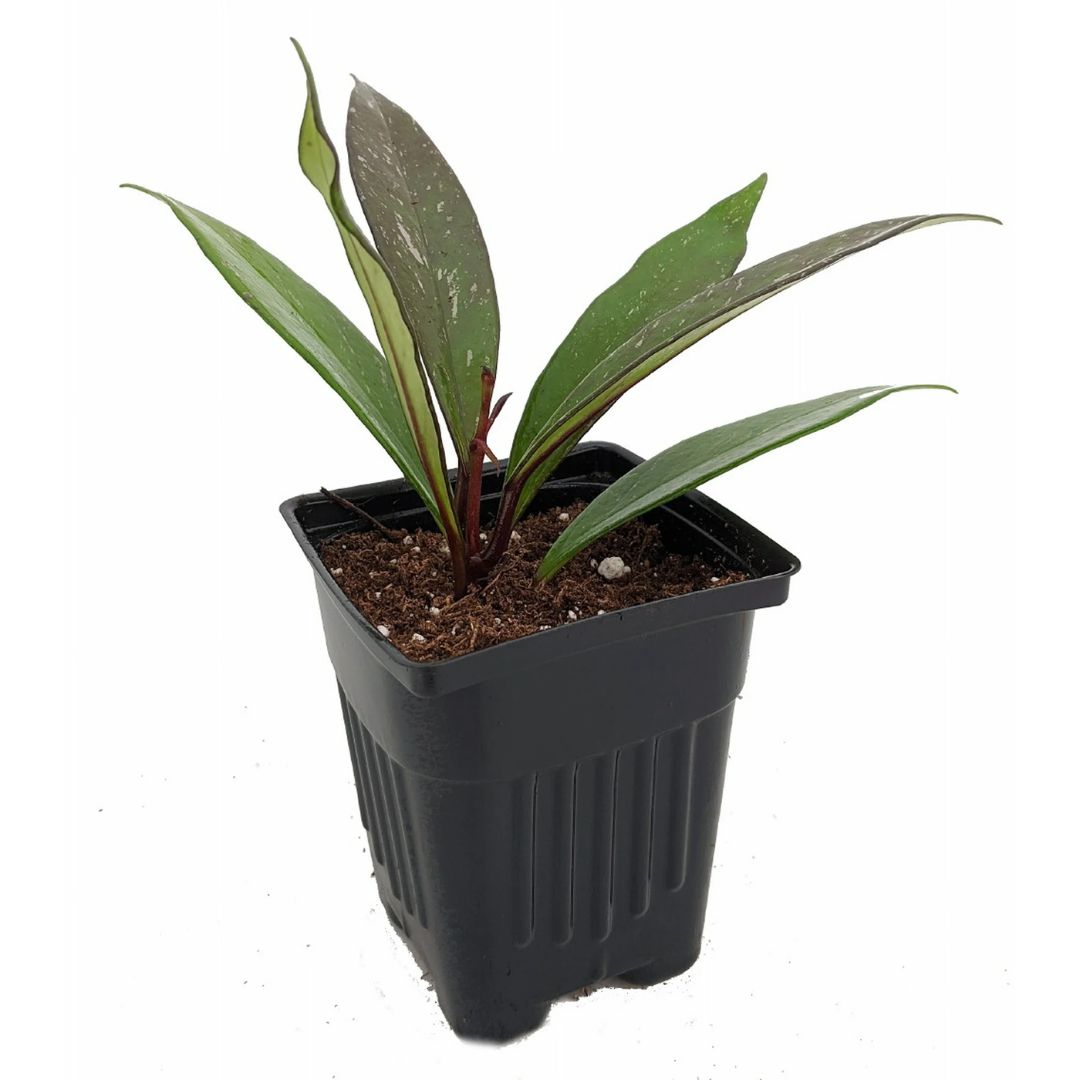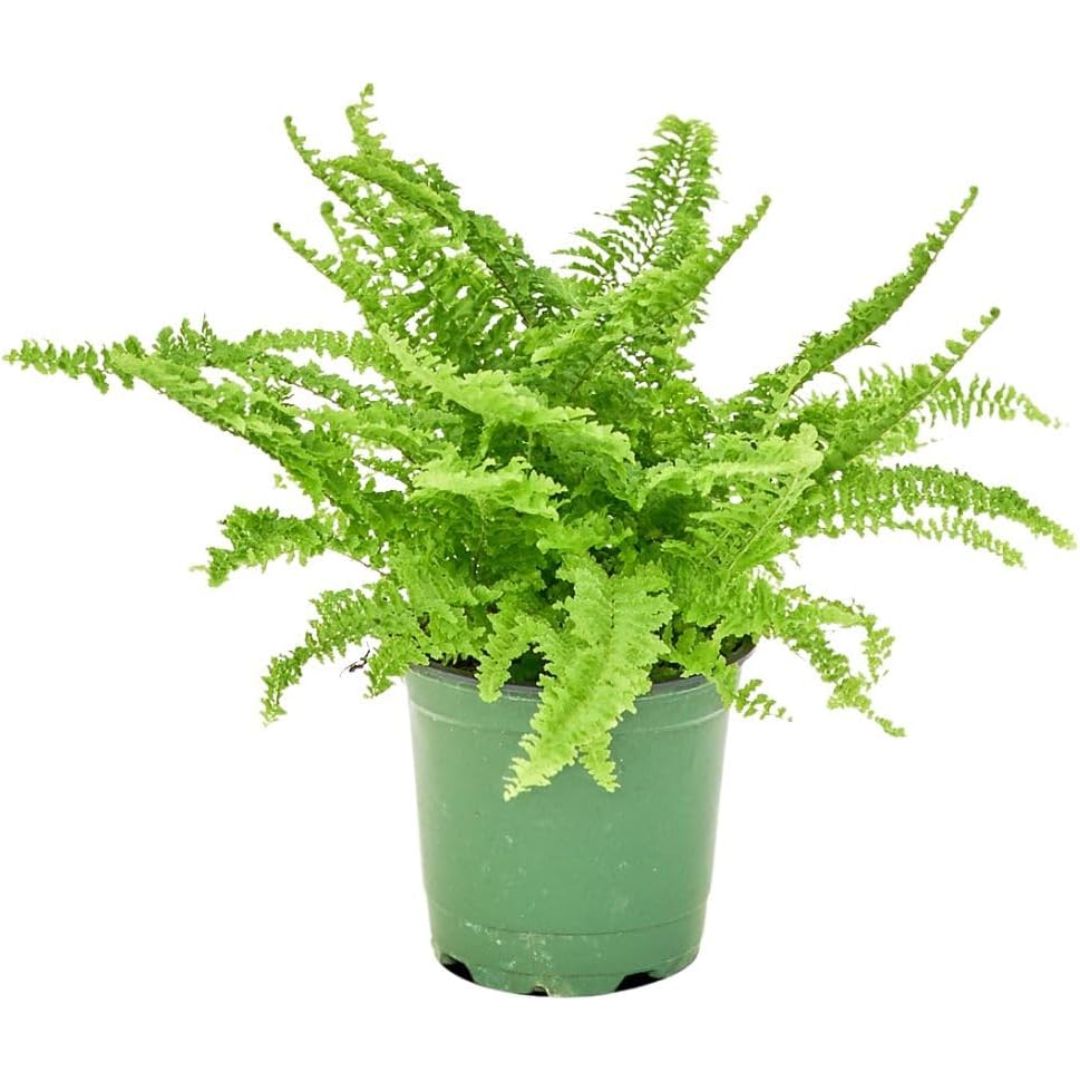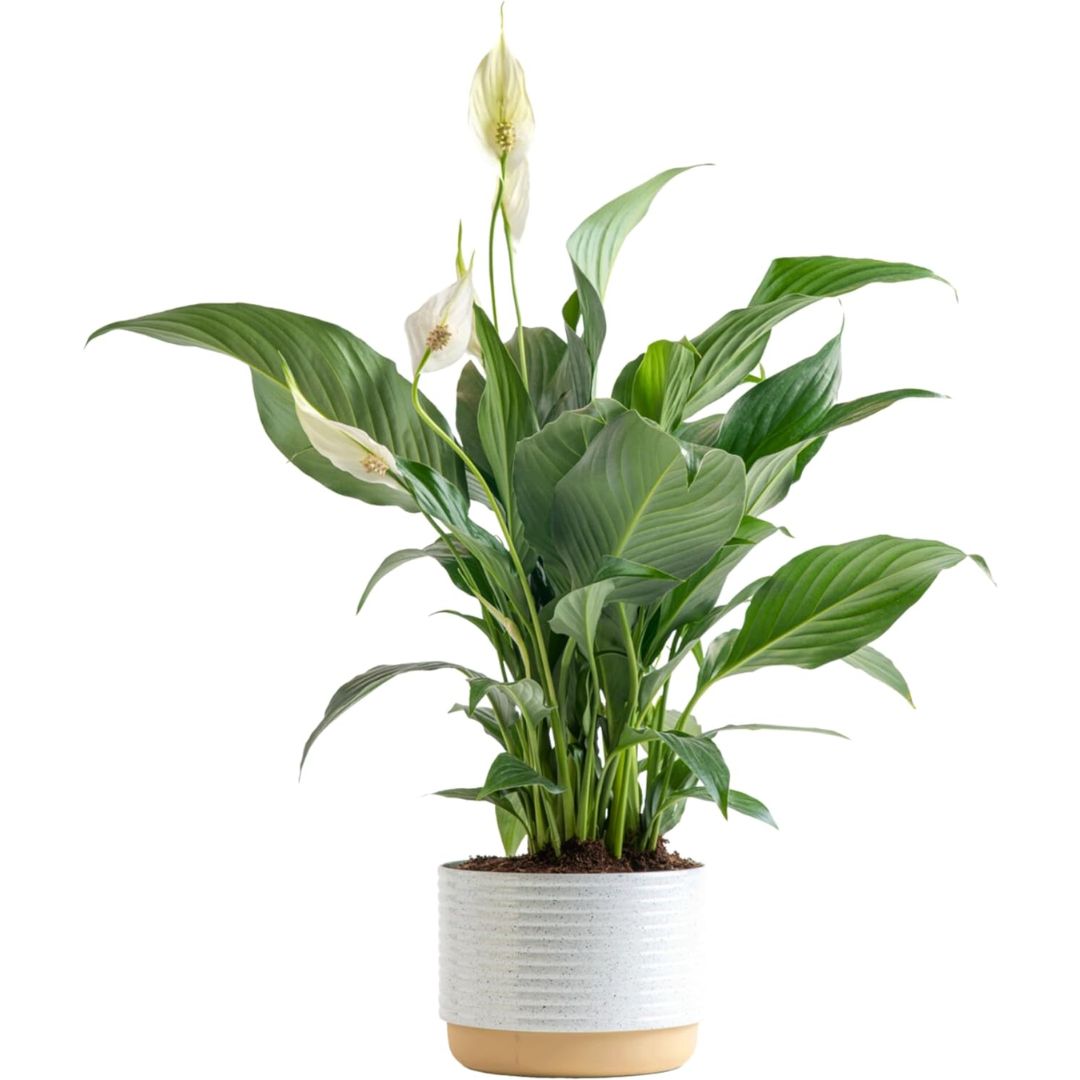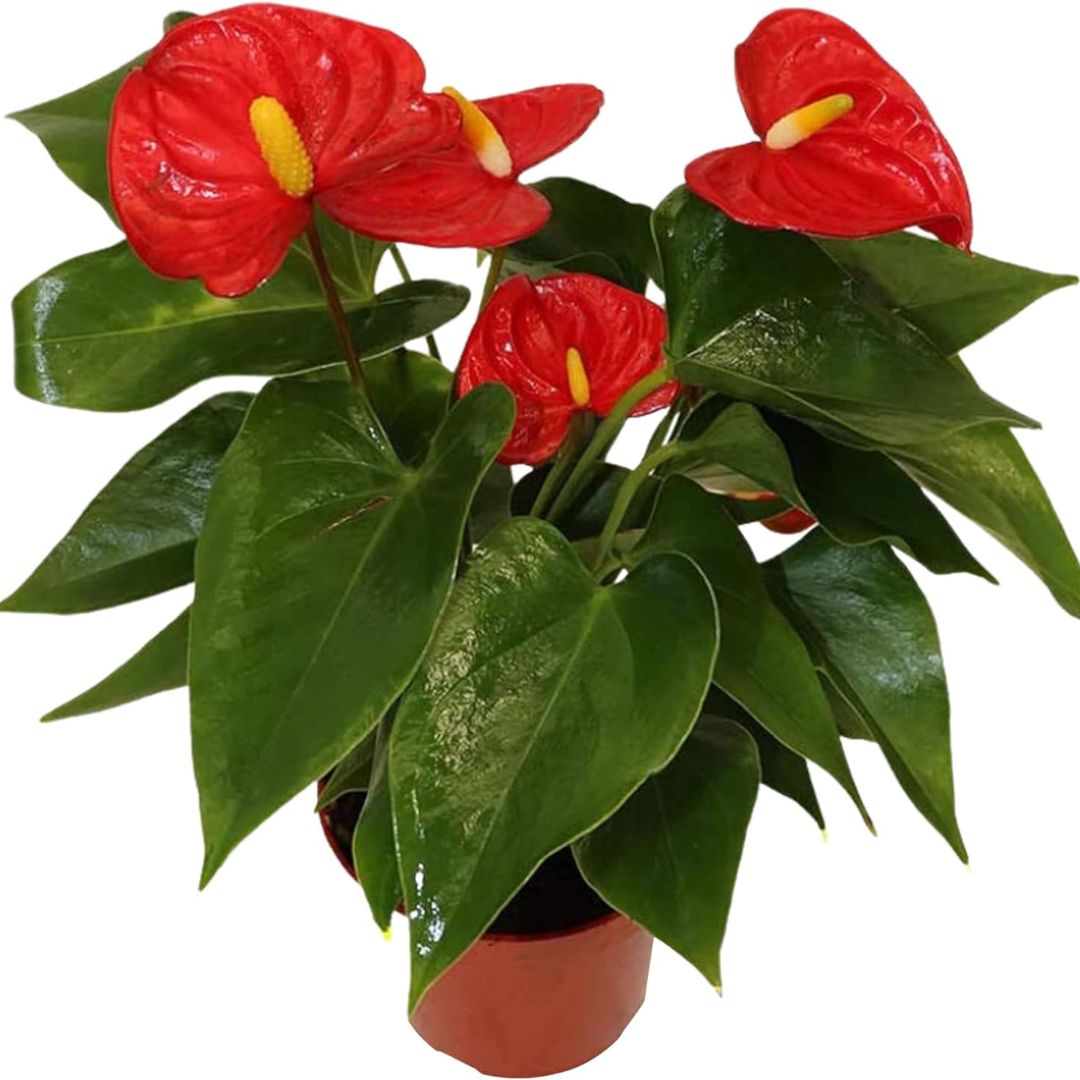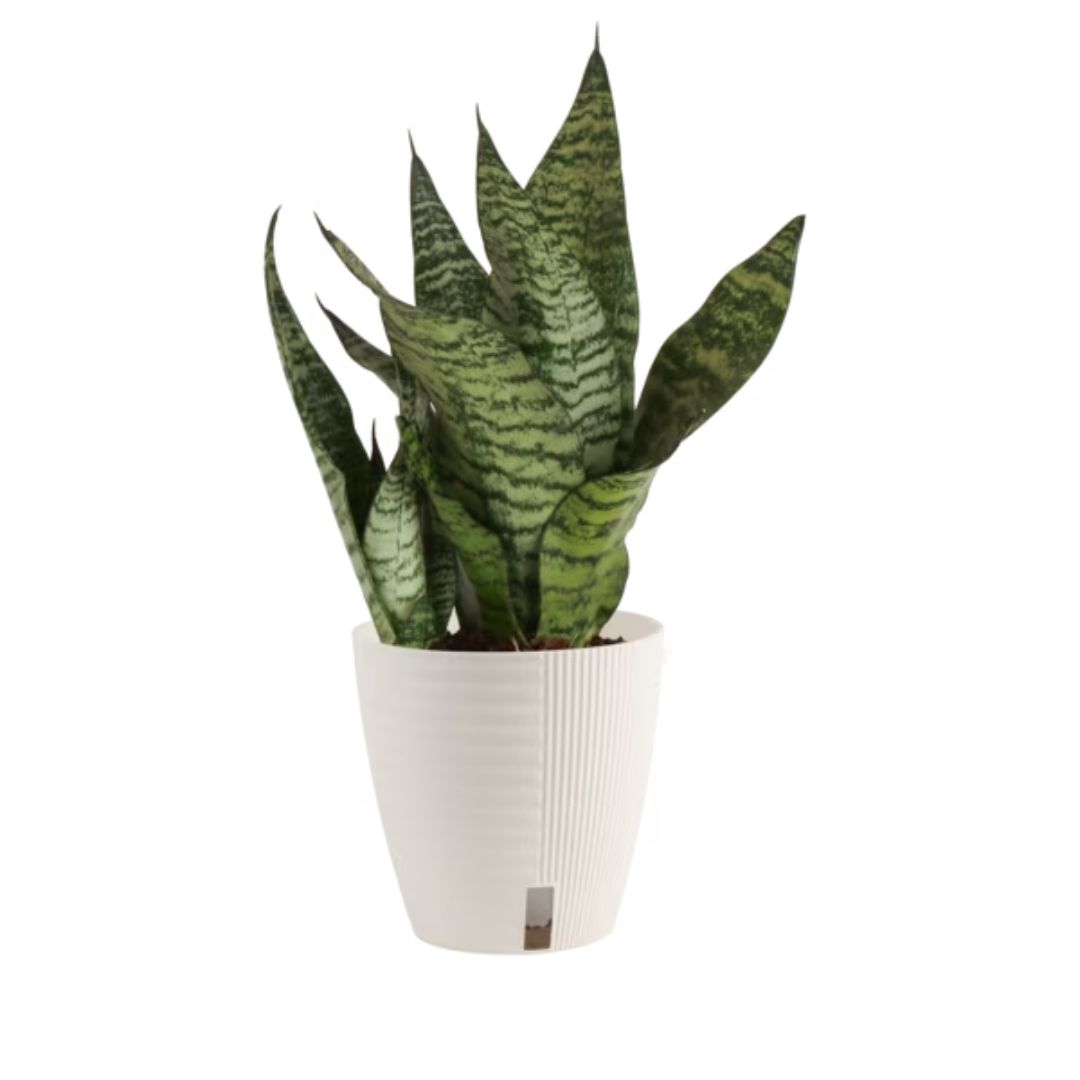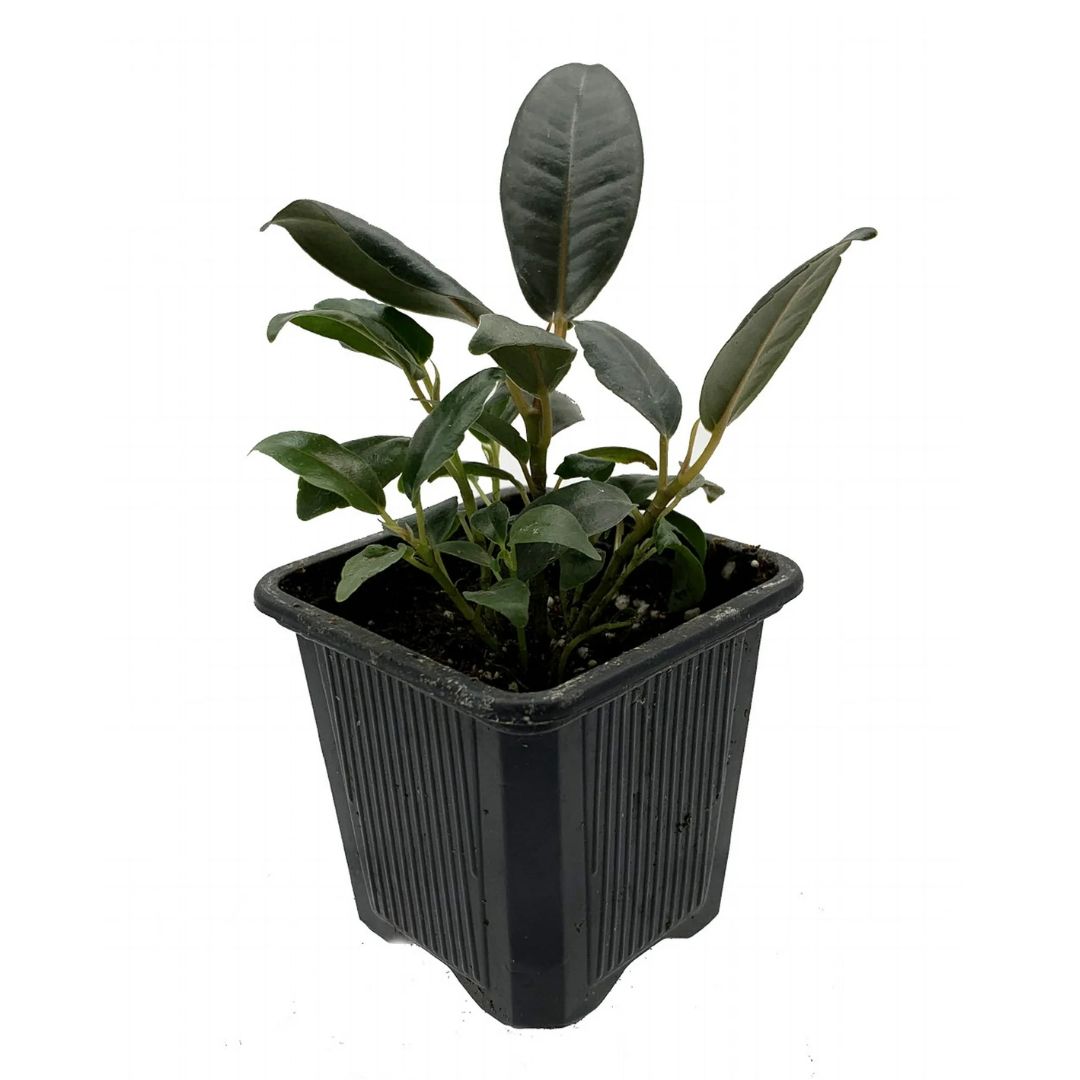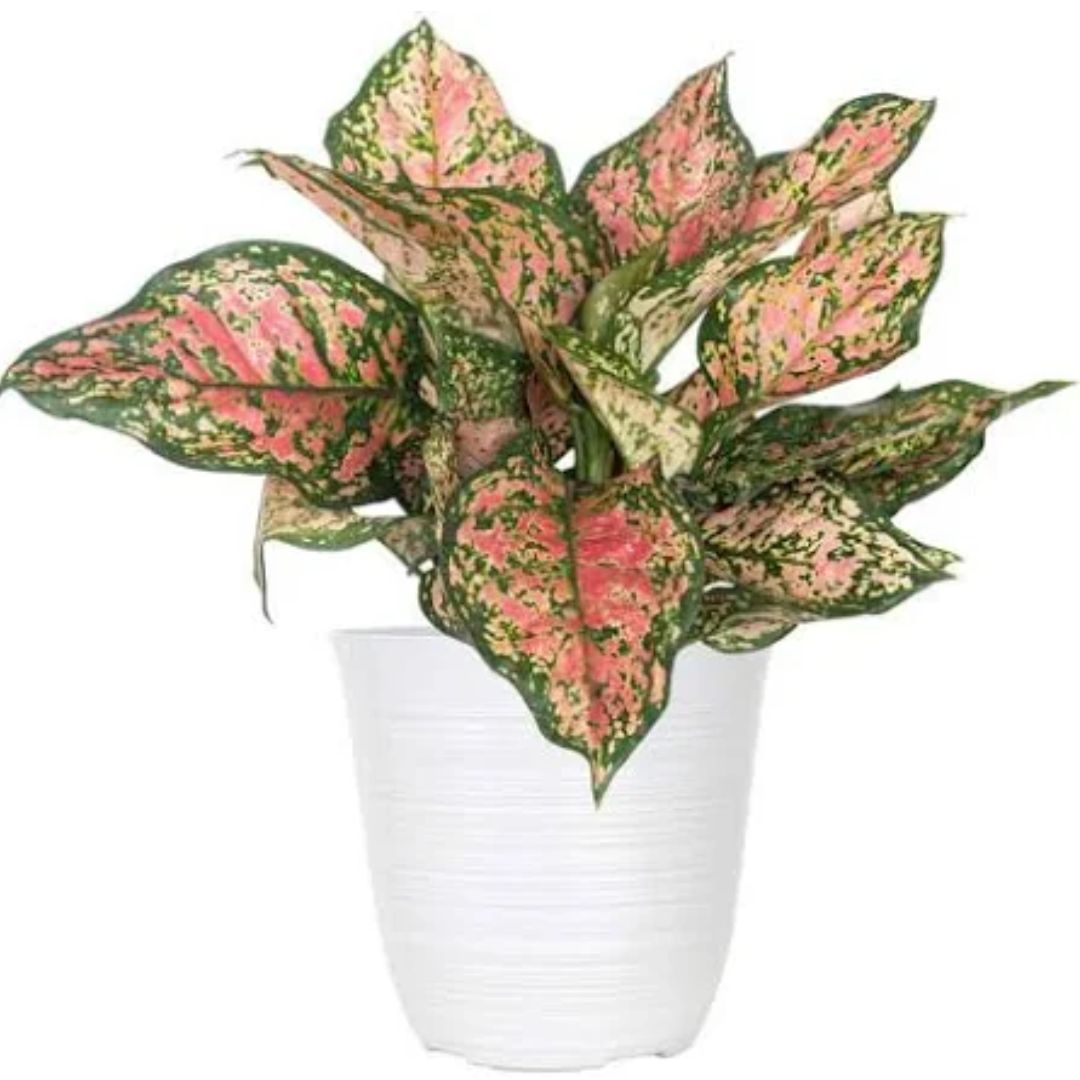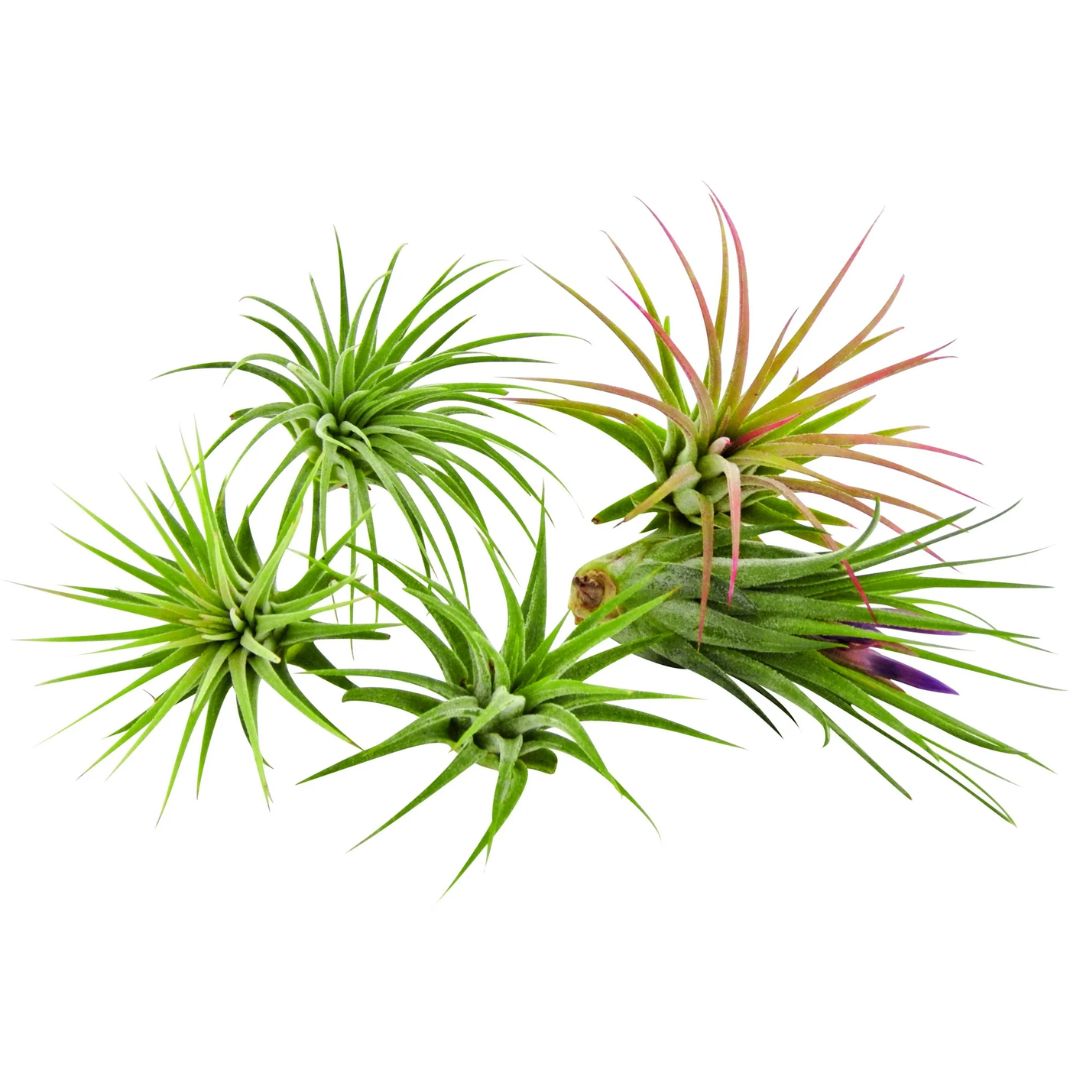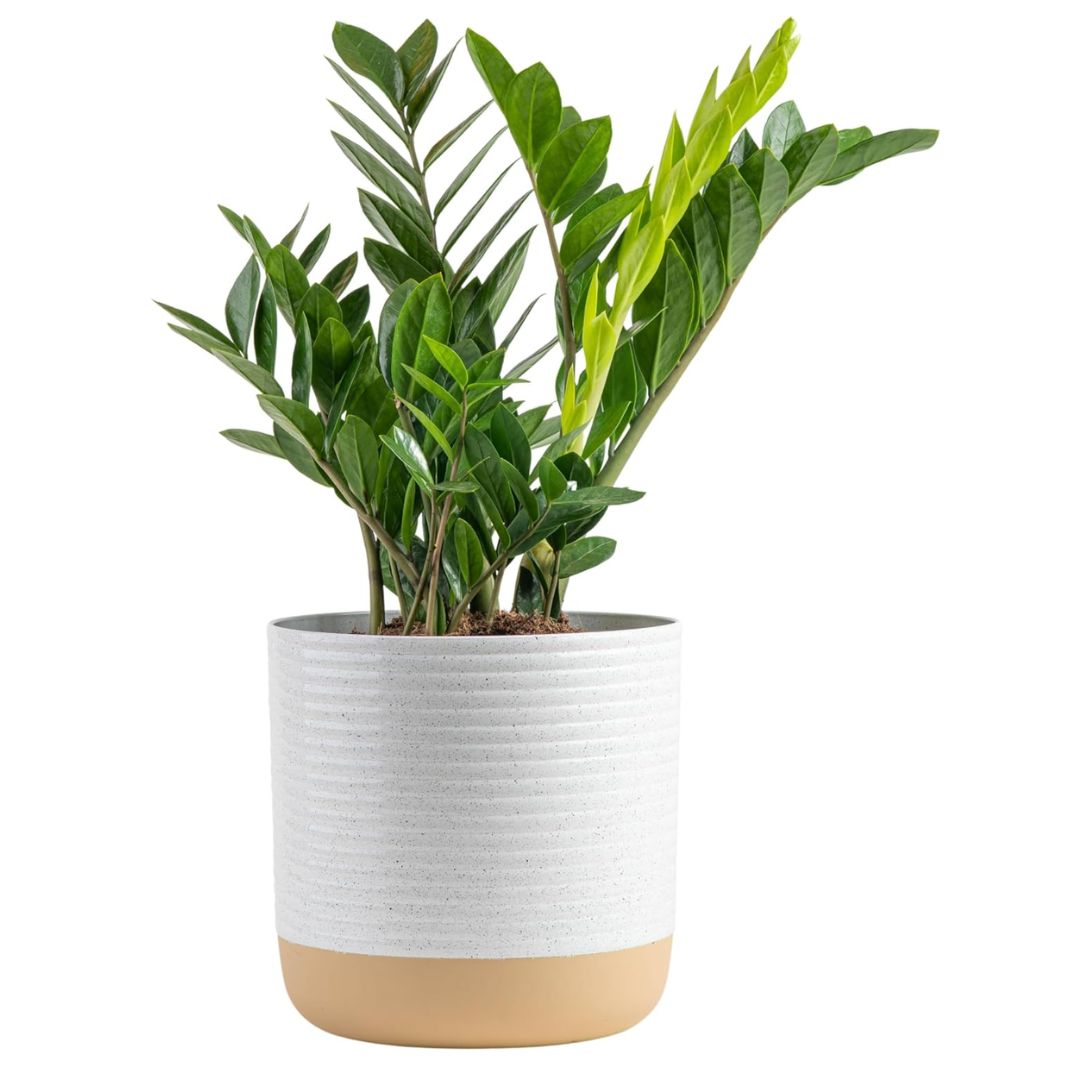10 Popular Houseplants That People With the Most Stylish Homes Often Choose
If you're new to houseplants, these 10 are the ones you need to know about to fill your home with foliage

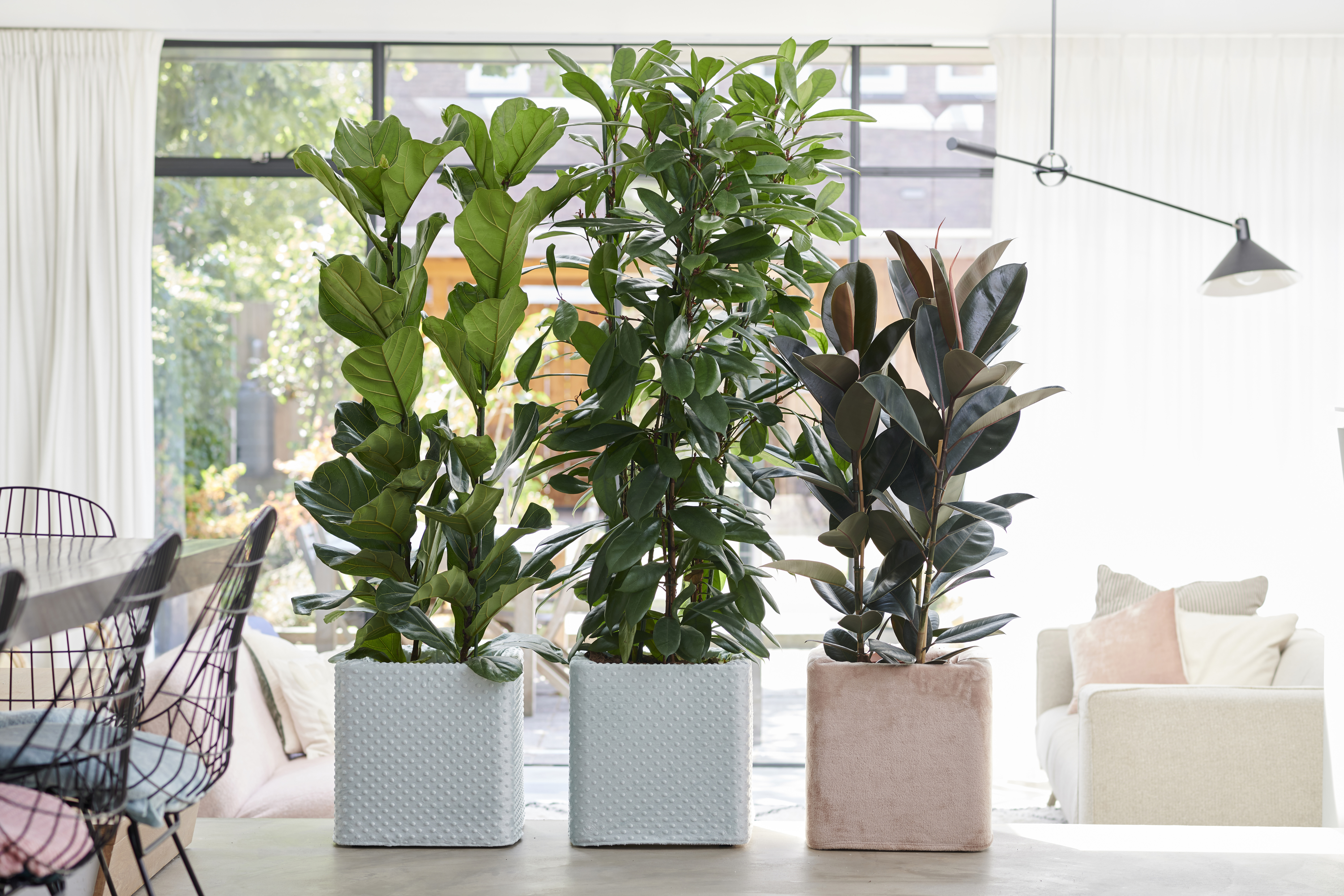
The most popular houseplants are those that bring in energy, color and endless beauty into a home. Bringing houseplants into a space teaches us patience, care and maintenance. So if you want to welcome bright foliage into the home, you'll need to do just that.
But choosing the right plant for your home is essential. If you're wondering where to buy houseplants and want to explore the best plants to bring into your space, then we've got you covered. Lisa Eldred Steinkopf, a plant expert from The Houseplant Guru tells us: "Houseplants add so much life and beauty to a home. My motto is: 'Everyone needs a little green in their lives." Houseplants bring green into your lives in more ways than one. They bring the color green into your home and the 'green' concept. Plants lower blood pressure, make people happy, and add oxygen to your home. What more could you ask for?"
We couldn't agree more! Plants don't just bring color and beauty, but bring in so many benefits. Here is everything you need to know about popular indoor plants.
So what are the most popular houseplants?
The most common indoor plants are those that truly transform a home into an indoor zen garden. With so many beautiful houseplants to choose from, we're here to make your journey a little easier.
Here are 10 popular houseplants that you should welcome into your home — according to houseplant expert and founder of The Houseplant Guru, Lisa Eldred Steinkopf.
1. Pothos
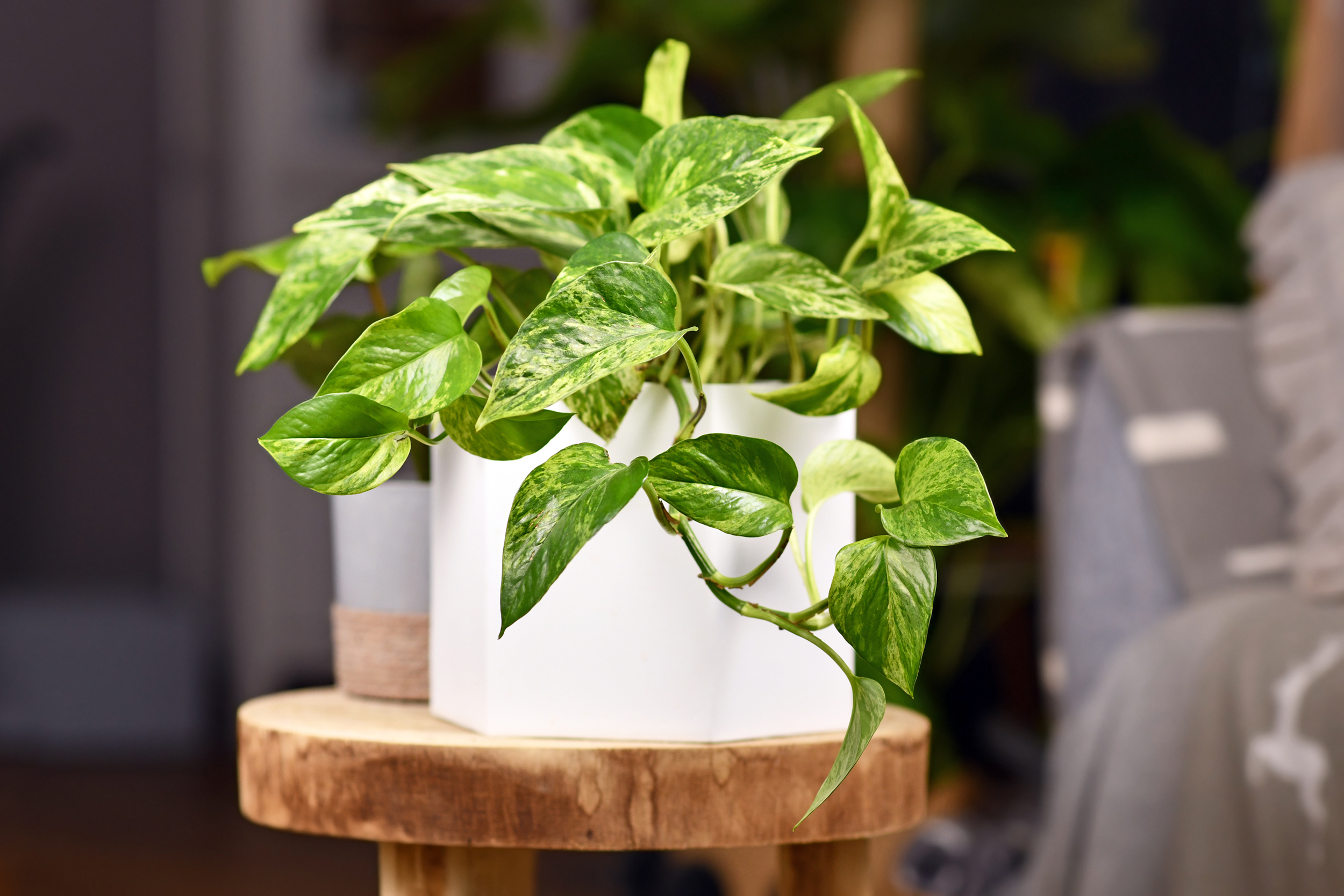
Known as one of the peaceful feng shui living room plants, pothos, or Epipremnum pinnatum, in the plant world — is truly a magnificent touch of grace and elegance within the home.
Houseplant expert Lisa tells us: "Pothos are easy to grow and easy to obtain. Someone you know is probably propagating one or two. They are vines and will cling and climb on anything they can. If you allow it to climb, it will develop larger leaves and may even develop its large mature leaves so different than regular leaves."
The Livingetc newsletters are your inside source for what’s shaping interiors now - and what’s next. Discover trend forecasts, smart style ideas, and curated shopping inspiration that brings design to life. Subscribe today and stay ahead of the curve.
Pothos make for an ideal indoor hanging plant, according to Lisa. She adds: "It also makes a great hanging plant. Keep it evenly moist, though it is forgiving of drying out, but may develop a yellow leaf or two. It can tolerate lower light, but to keep its variegation, it will need bright light."
2. Hoya
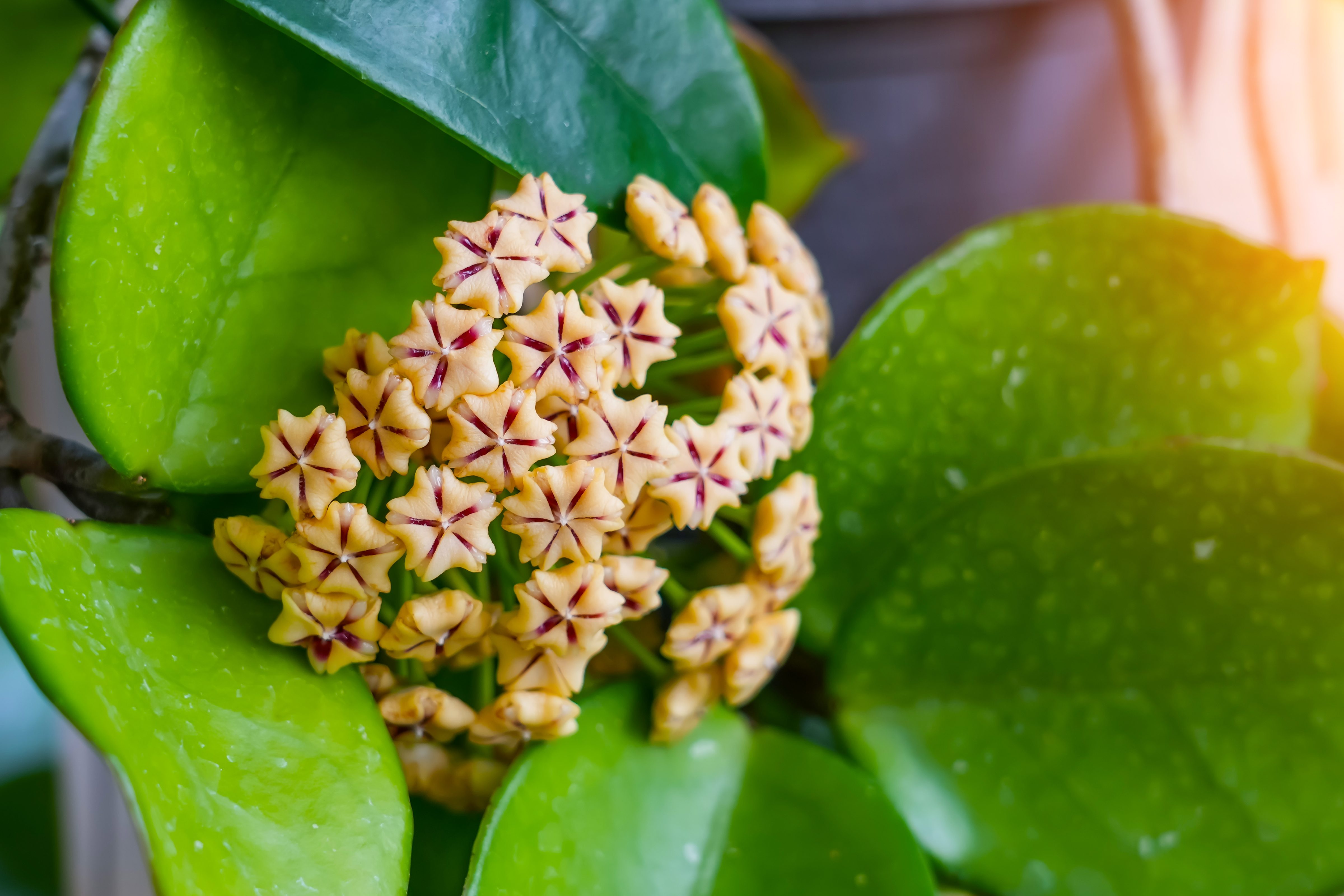
If you're looking for the fast-growing indoor plants then the Hoya, or wax plants, are a great addition to your budding houseplants.
"Hoyas are the hottest plants right now," says Lisa. "They grow as epiphytes in their natural environment and scramble around through the tops of trees in the jungle. They all flower, but it may take time. They like to be snug in their pots with good drainage."
Lisa continues: "After they flower, do not cut the flowers off or you will remove the peduncle or small stem where the flowers originate. They will flower from that same peduncle again. They need plenty of light to bloom and can be grown on a trellis or as hanging plants. They are succulents so allow them to dry out some before watering again."
3. Ferns
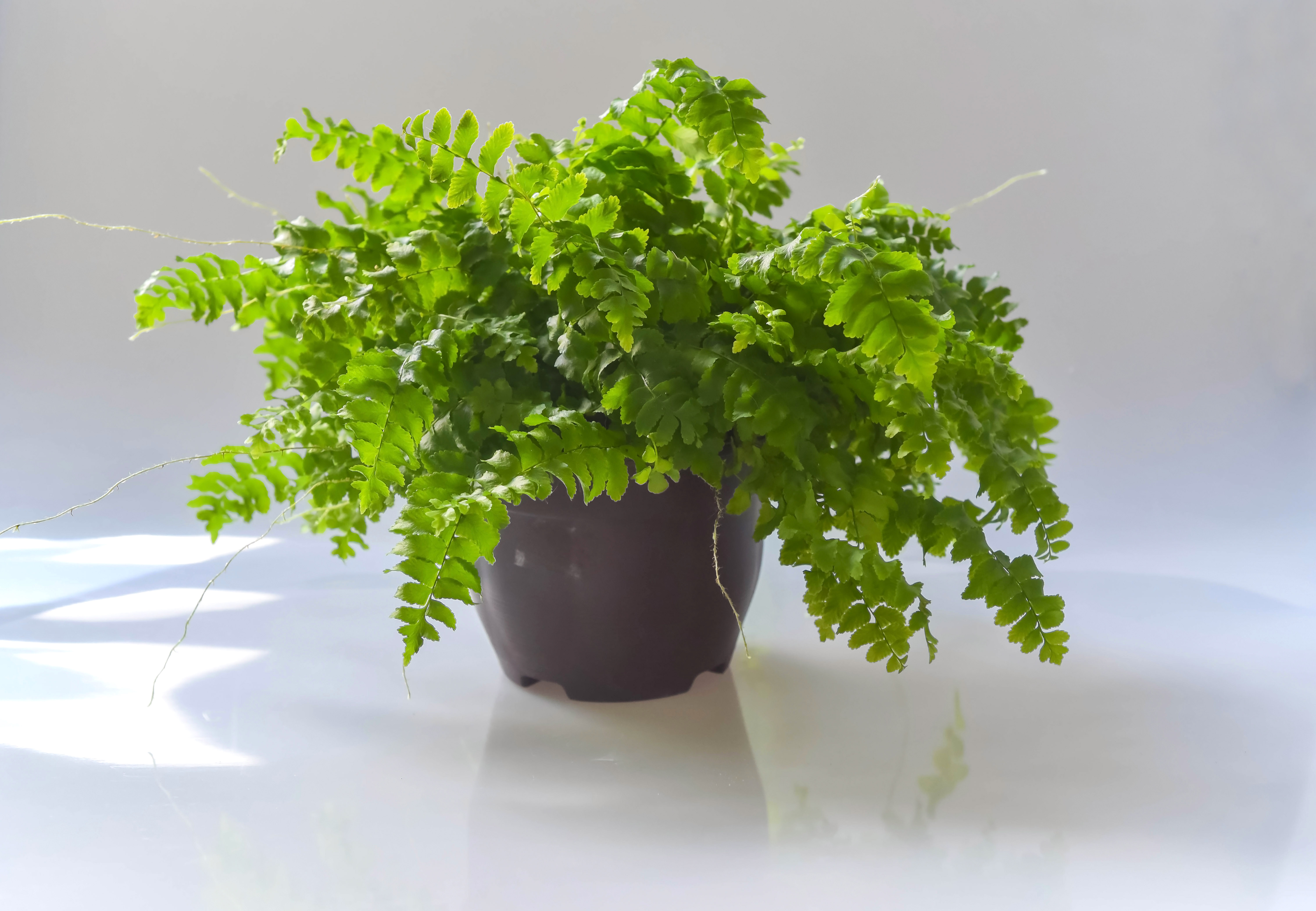
For feathery fronds indoors, ferns are an eye-catching shrub you'll want in your home. But to get the best out of the plant, ensure you understand fern care — for bright and healthy foliage.
Although this is a beautiful bloom to add into your space, Lisa tells us that some people shy away from ferns, but notes that they are still one of her favorite groups of plants.
"It’s all about water and never letting them dry out," she adds. "So, if you tend to forget to water your plants, ferns probably aren’t for you. But, if you like to water often, ferns are your jam."
Lisa says: "They take lower light situations, so no south sun. I find an unobstructed east window is their favorite. Because they have thicker leaves, the Austral Gem Fern (Asplenium dimorphum x difforme) and the ‘Green Flame’ fern Microsorum punctatum ‘Green Flame’ are easy ones to start your fern journey with."

Lisa is The Houseplant Guru, who features all things houseplants on her blog www.thehouseplantguru.com. She grew up in rural mid-Michigan, where being immersed in nature every day nurtured her love for all things outdoors, especially plants. Lisa worked for more than a decade at Steinkopf Nursery and Garden Center as the annuals and houseplants manager.
4. Peace lily
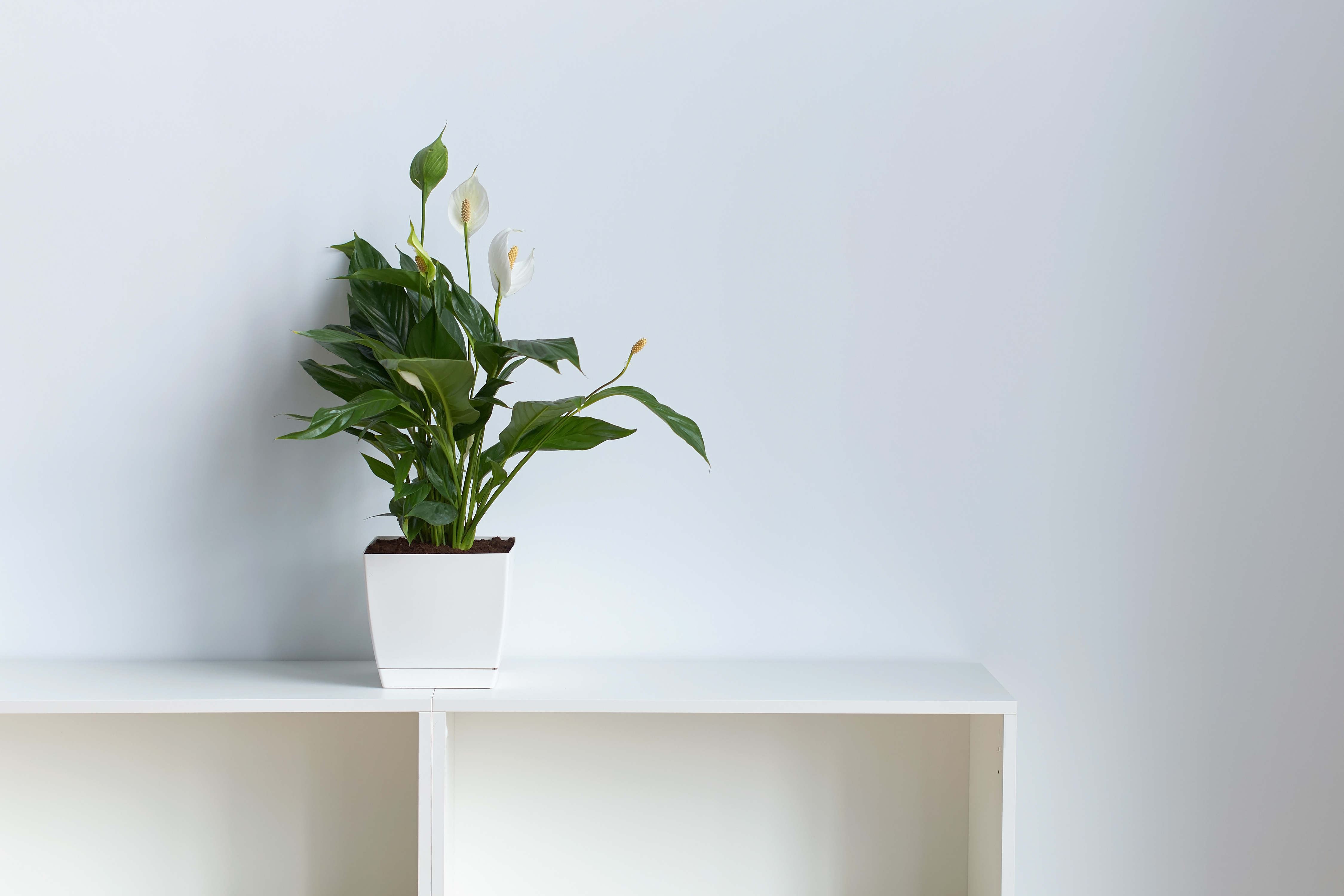
Seeking indoor flowering plants that need little or no sunlight? Well the ever-so-elegant peace lily will give you that and more. With its bright white petals and tall green stem, the peace lily is an abundance of grace and beauty.
"Though this is a common plant, it has its place in every plant parent’s home," says Lisa. "It blooms with its white flowers in lower light levels and also comes in variegated forms. It recovers well from drying out and some people wait for their plants to collapse before watering.The plant would prefer that doesn’t happen and wants to be kept evenly moist."
If you want a healthy and thriving plant, Lisa says you need to keep an eye on it, water it well and not let it dry out as this will "result in yellowing leaves and your flowers won’t last as long."
5. Anthurium
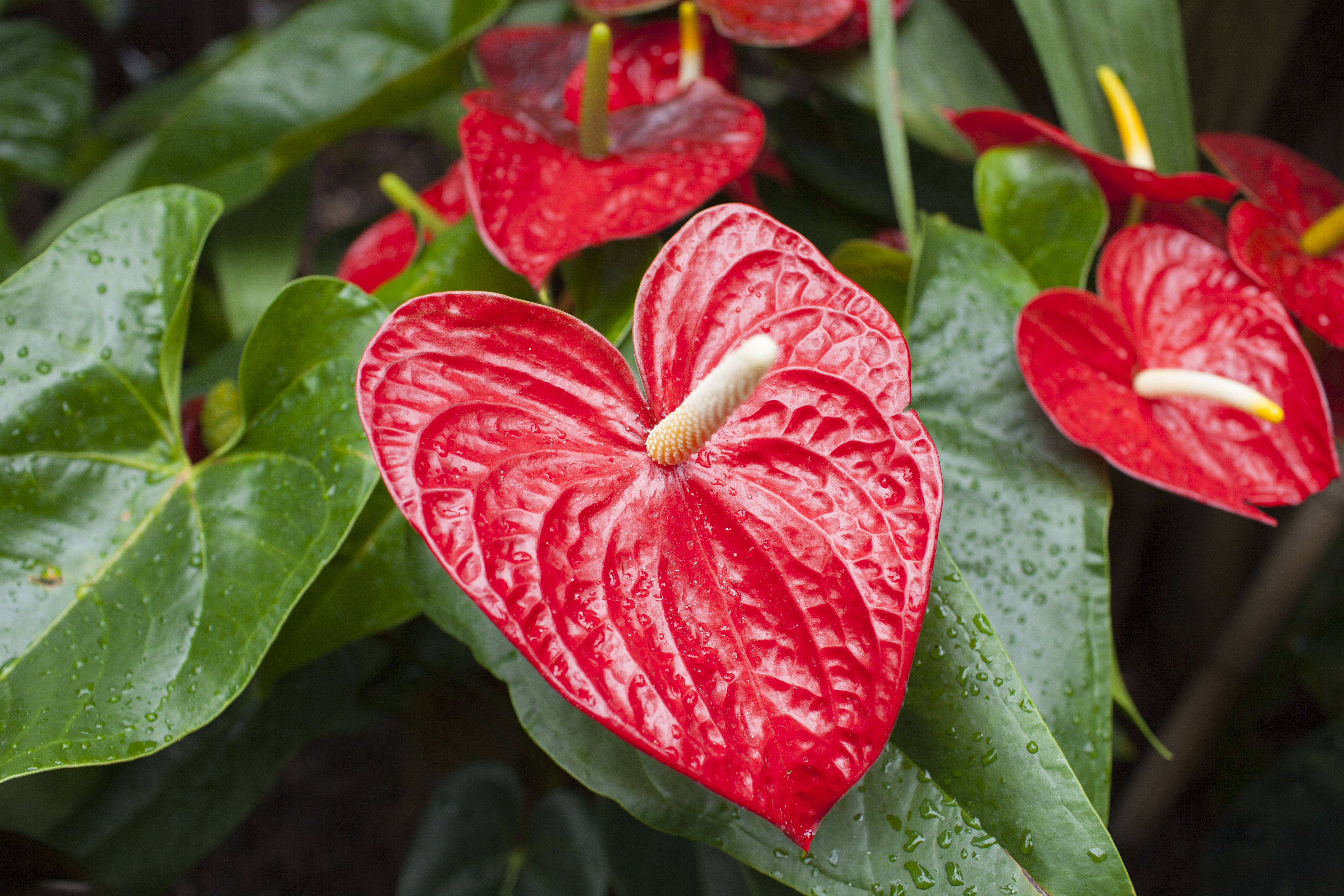
Anthurium are instantly recognizable, colorful growers, so if you're seeking a tropical flower to grow indoors, then you will not be disappointed.
Lisa tells us: "Anthuriums are almost always in bloom with the right light and moisture. Give them good bright light and they will reward you with their long-lasting 'flowers'."
She adds: "The colored part of the inflorescence is the spathe, and the actual flower (spadix) is the long part sticking up from the spathe. The flowers last for months and the plant keeps sending them out with the right environment. Keep the plant moist."
6. Snake plant
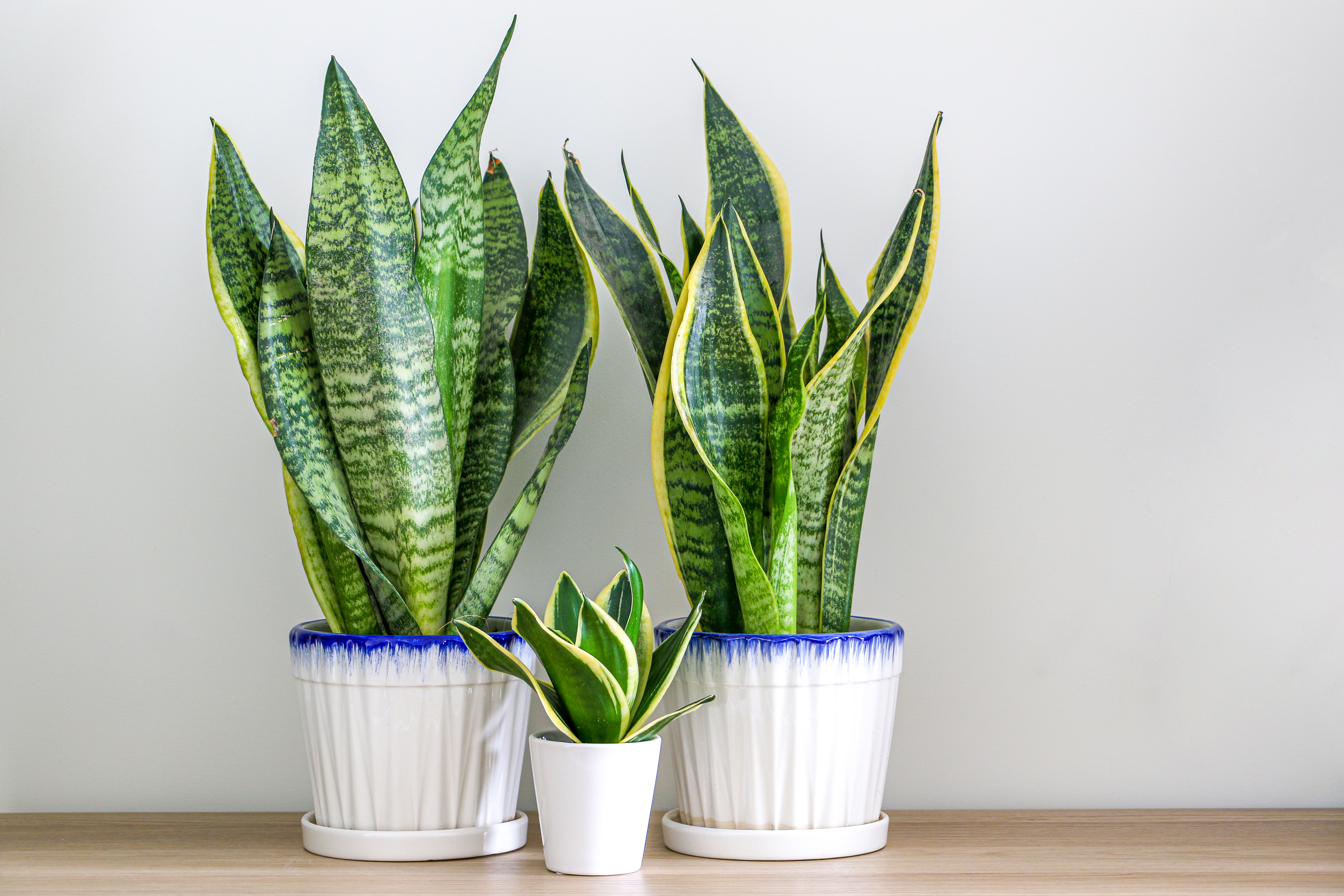
Snake plants or Sansevieria trifasciata, are great houseplants for beginners. These easy-to-care-for plants may also help purify the air in your home — pretty cool right? This leafy green is also known to be a good feng shui plant, so if you're looking for good energy and you are living in a pet-free home, feel free to bring a snake plant into your space.
"There are many different cultivars of the former sansevieria now dracaena," Lisa explains. "There are small ones, big ones, variegated and plain ones.The snake plant is misrepresented as a low-light plant. Yes, it will tolerate low light but it's slowly dying. These plants come from Africa and want to be in full sun. If given enough light, they will send out flowers."
Lisa says they also will send out multiple shoots from their rhizomatous roots. She adds: "They can break a pot with their huge roots. Plant them in a shallow large pot and they will thrive. In lower light situations, they won’t need watering as often as they will if they are in full sun."
7. Rubber tree

"Make sure you have plenty of room if you decide to bring home a rubber tree – Ficus elastica," says Lisa. "This relative of the famous fiddle leaf fig is easier to grow in my opinion. Give it plenty of light, keep it evenly moist, and it will grow into a large floor plant."
Understanding rubber plant care is also essential as the expert says: "It does not like inconsistent watering meaning it doesn’t want to be too wet or too dry. This will result in yellowing and dropping leaves."
8. Aglaonema

For houseplants with colorful leaves, the ever-so-graceful Aglaonema will not let you down. Its unique leaves are certainly a show-stopper and we absolutely love the way the plant seamlessly fits into any space in the home.
"I can’t say enough about this easy-to-grow plant. It has beautiful colorful leaves with more cultivars being released all the time," Lisa adds. "Its succulent stems store some water so it is forgiving of getting a bit dry. Its colorful leaves don’t need full sun to stay that way and it doesn’t want to be in full sun. An east or west window is perfect. This is a great plant for beginners."
9. Tillandsias
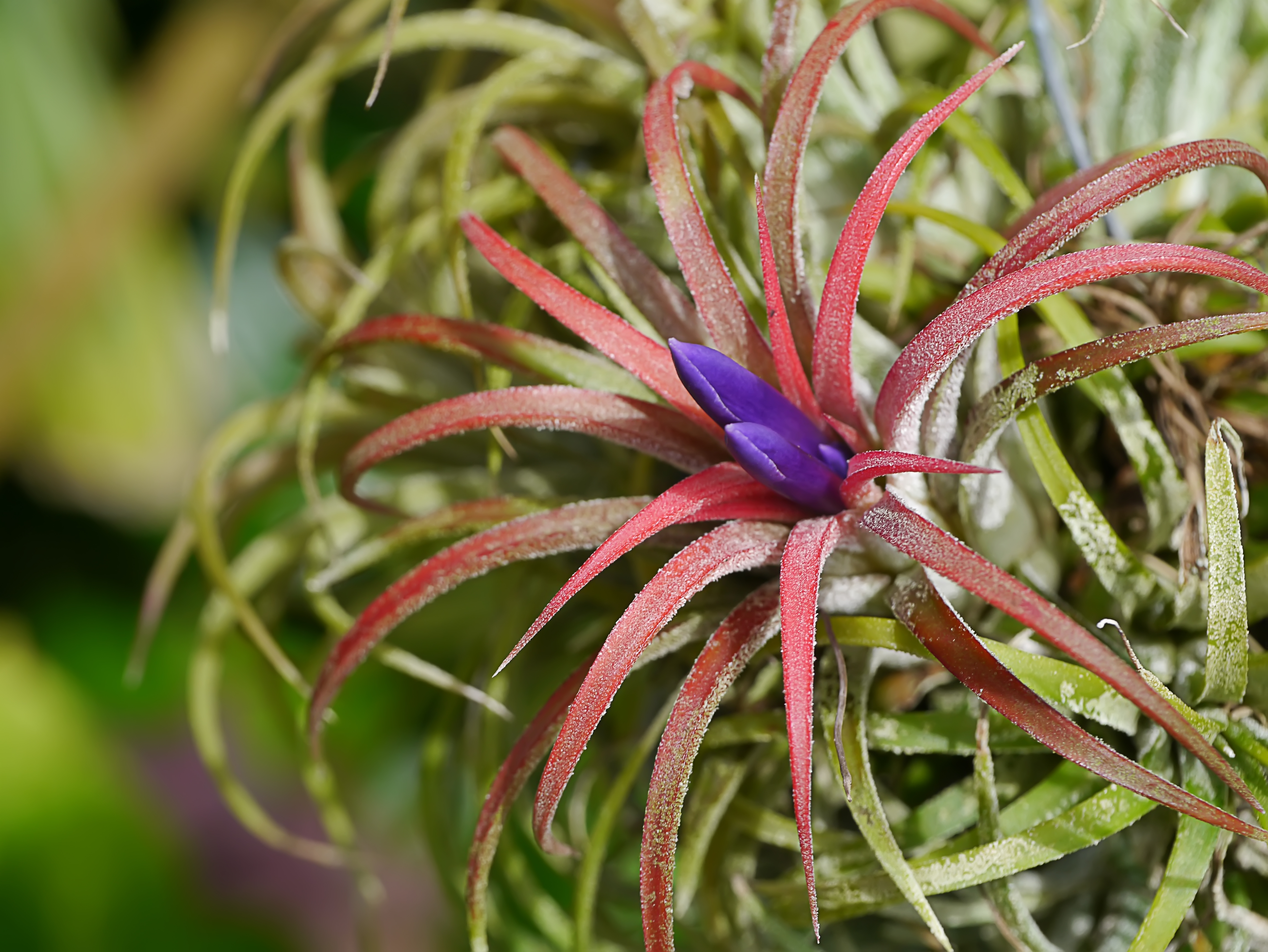
Air plant care is essential for Tillandsias — these elegant shrubs love a bit of TLC and will look exquisite in your bedroom, living room and kitchen.
Houseplant guru Lisa says she absolutely loves air plants. "The most common one you will find is the Tillandsia ionantha. These epiphytes grow on other plants in their native habitats. In your home, give them bright light and soak them once a week in a basin of water for approximately 15-30 minutes. Shake the excess water out and dry them upside down. If given enough light, these plants will flower. After flowering they slowly die, but not before sending out 1-3 new pups or small plants."
10. ZZ plant
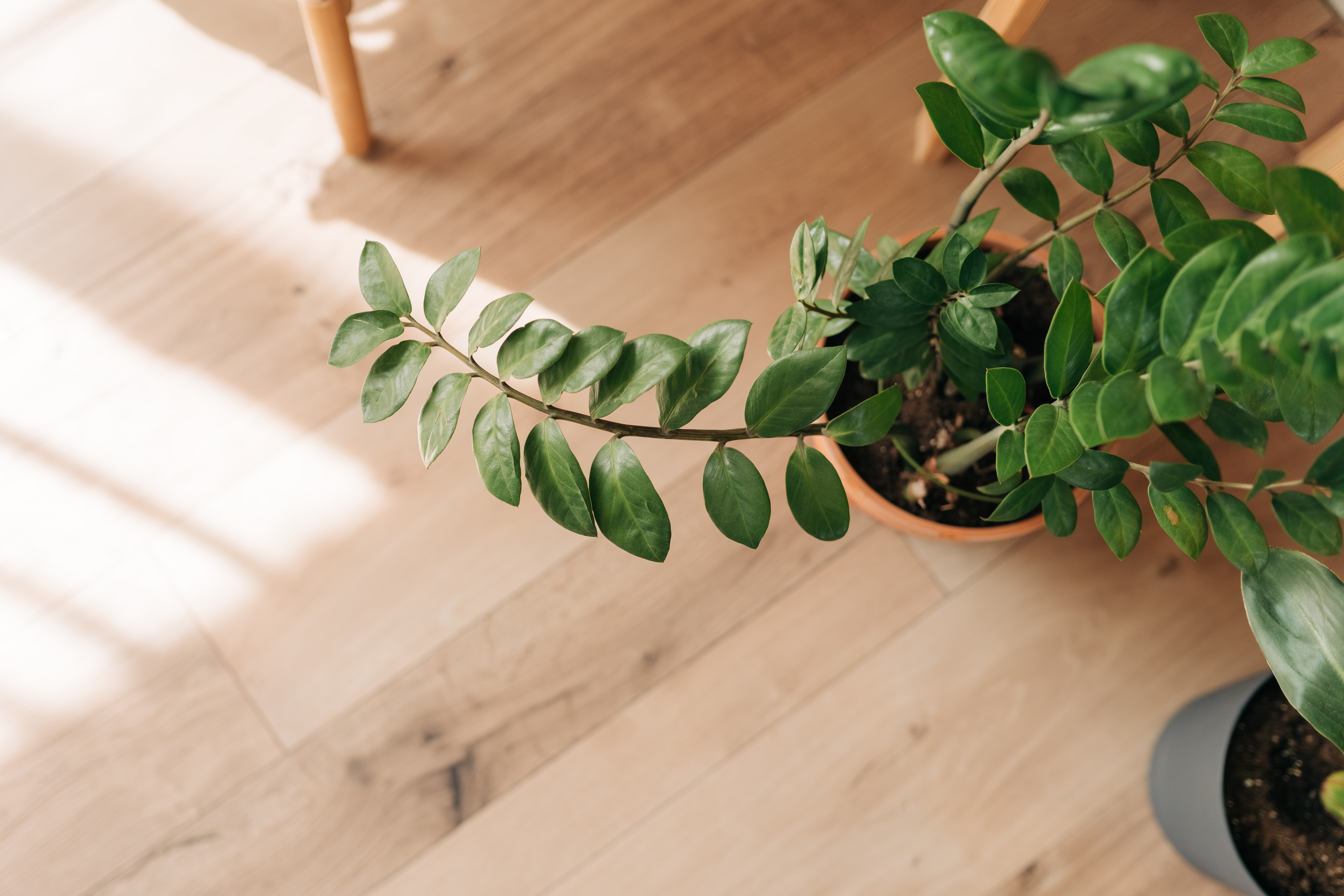
If you want a slow-growing houseplant, then the ZZ Plant or Zamioculcas zamiifolia is the perfect companion.
"Zamioculcas zamiifolia can tolerate low light but does best in bright light. It doesn’t need a ton of water because of its large fleshy roots. Also, if in low light, it needs less water because it isn’t using as much in a low light situation. It is an architectural plant and looks great in a modern home. ZZ is easy to care for.
FAQS
What houseplant is trendy for 2024?
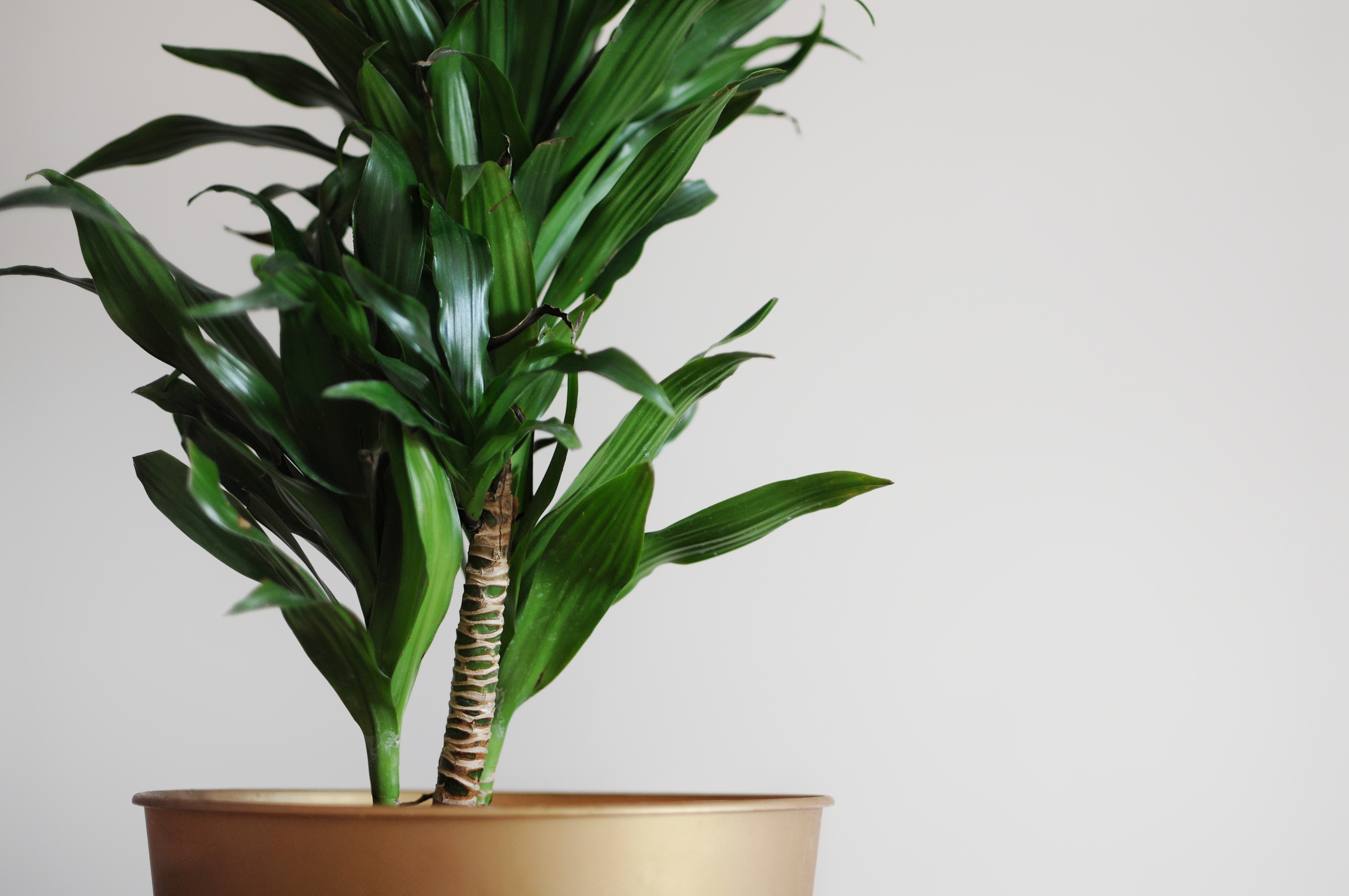
Named as this year's houseplant, by EasyPlant, the Dracaena Janet Craig Compacta takes the crown for the plant trends 2024. It's a show-stopper and has captured the hearts of many adoring plant lovers.
This elegant, slim, low-maintenance tree which is native to southeast Africa — is known to be an ideal piece within the home. So if you want to welcome it into your space, make sure you place your plant where it will receive medium to bright indirect light. Be sure to avoid extended lengths of direct sun.
What is the easiest plant to care for indoors?
"I think the ZZ plant or Zamioculcas zamiifolia, is one of the easiest plants," says Lisa. "It can tolerate low light conditions and because of its rhizomatous root system, it also doesn’t need a lot of water. It is a great plant."

Faiza is the Renovation Editor at Livingetc. She previously worked for The Independent as a News Feature Writer, where she crafted lifestyle, entertainment, and news stories. She also worked as an Audience Editor for the newspaper for almost two years. Thriving in the busy newsroom, Faiza also spent her time crafting stories for Sky News as an SEO reporter, where she produced stories based on trending topics. Lifestyle and interior design have been areas of interest for her for some time, and as she advances in this field, she will continue to refine her skills in all aspects of design. Faiza has a background in SEO, social media, and reporting. Her passion for writing goes beyond her work as she loves all things poetry and creative writing.
